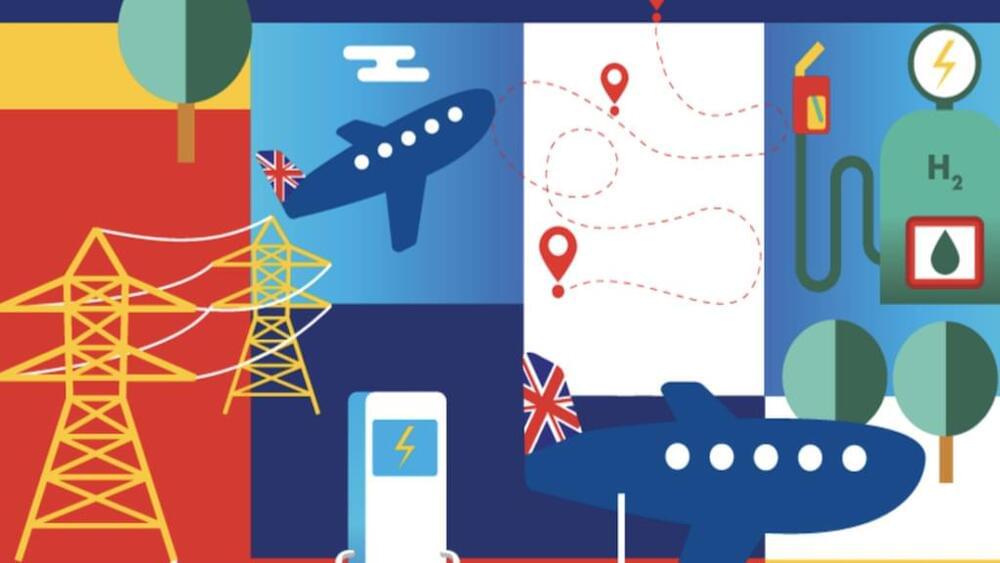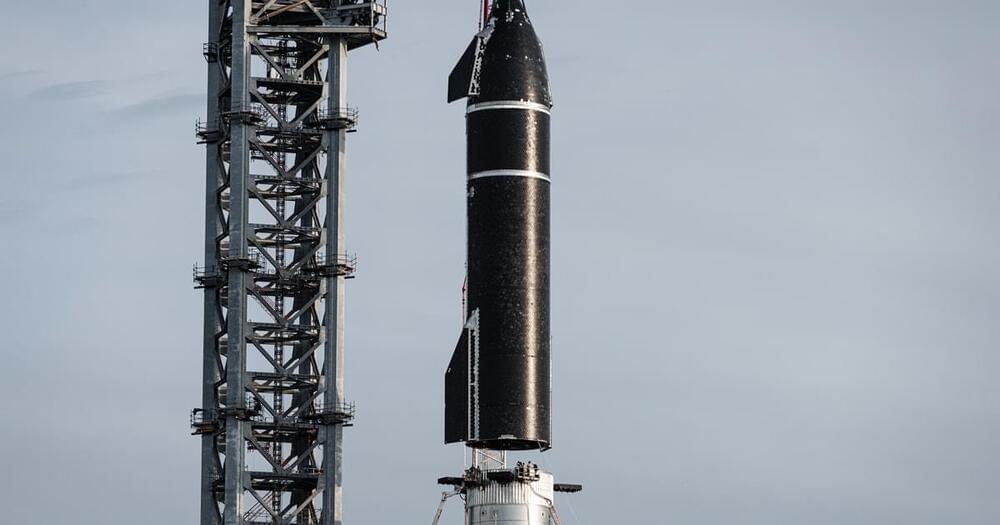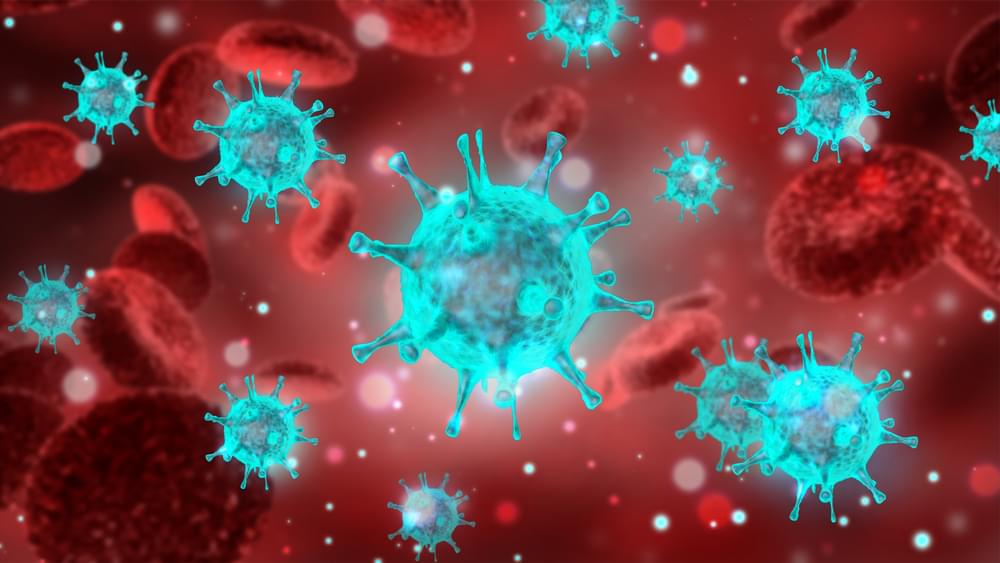Quantum computers will not be general-purpose machines, though. They will be able to solve some calculations that are completely intractable for current computers and dramatically speed up processing for others. But many of the things they excel at are niche problems, and they will not replace conventional computers for the vast majority of tasks.
That means the ability to benefit from this revolution will be highly uneven, which prompted analysts at McKinsey to investigate who the early winners could be in a new report. They identified the pharmaceutical, chemical, automotive, and financial industries as those with the most promising near-term use cases.
The authors take care to point out that making predictions about quantum computing is hard because many fundamental questions remain unanswered; for instance, the relative importance of the quantity and quality of qubits or whether there can be practical uses for early devices before they achieve fault tolerance.









